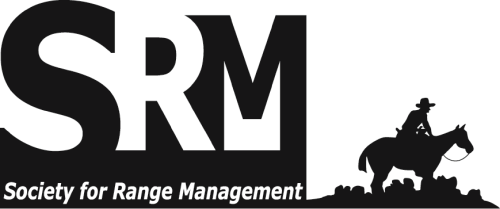On the Ground • Rangeland managers actively focus on the potential to induce a shift in a site to an alternative state, but predicted changes in climate, particularly the likelihood of more extreme drought, necessitate reevaluating risks for alternative states. • Rangelands will differ in their susceptibility to undergo state changes due to climate change in general and for droughts of the future, in particular, which may be hotter. • Trees, shrubs, and grasses are expected to differ in their sensitivity to drought, with trees likely being most sensitive; this affects the likelihood for state changes in grasslands, shrublands, woodlands, and savannas. • Considering these differences can help rangeland managers deal with the challenges of increasing drought that is forecast to occur with climate change. The Rangelands archives are made available by the Society for Range Management and the University of Arizona Libraries. Contact lbry-journals@email.arizona.edu for further information. Migrated from OJS platform March 2020

Practical, non-technical peer-reviewed articles published by the Society for Range Management. Access articles on a rolling-window basis from vol 1, 1979 up to 3 years from the current year. More recent content is available by subscription from SRM.